Padis succeeds Lisa Bridge, marking the first time the organization has had two women board presidents in a row.
SSEF Warns of Improperly Labeled Sapphires
The Swiss gem lab says it is seeing sapphires from a new source in Bemainty, Madagascar coming in labeled as Kashmir.
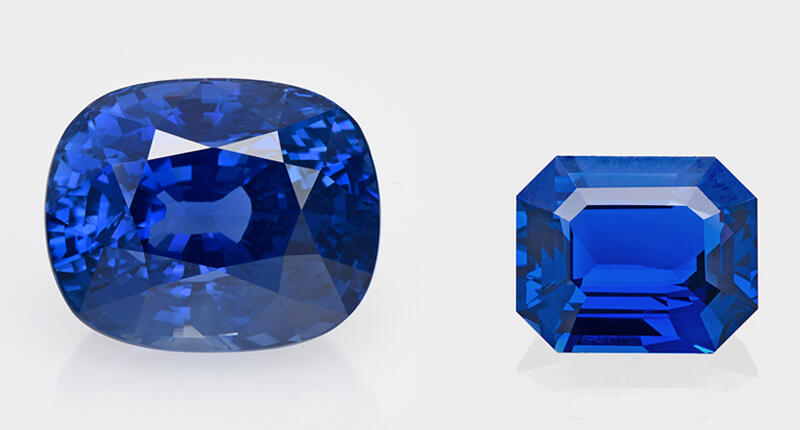
Basel, Switzerland--The Swiss Gemmological Institute SSEF is urging the trade to be vigilant about the “Kashmir-like” sapphires from Madagascar now hitting the market.
In October, a new deposit at Bemainty, near the town of Ambatondrazaka, began turning out sapphires.
The source has produced a large amount of blue, fancy colored and padparadscha sapphires of “partly exceptional size and quality,” and appears to be “a new gem source of greater importance than anything we have seen in recent years,” SSEF said in a statement.
In fact, SSEF Director Michael S. Krzemnicki told National Jeweler in an email that the highest quality goods from the source can compete with sapphires from any other gem deposit.
However, the lab has analyzed a number of these “Kashmir-like” sapphires from the new deposit, ranging from 5 to 50 carats, and began noticing in January that many of the stones coming into the lab were accompanied by gemological reports denoting a Kashmir origin when they actually are from Bemainty.
SSEF said it came to the conclusion after observing the gemstones under a microscope and using a number of scientific methods including Raman microspectrometry, UV-Vis absorption spectroscopy, X-ray fluorescence and GemTOF for trace element concentration. 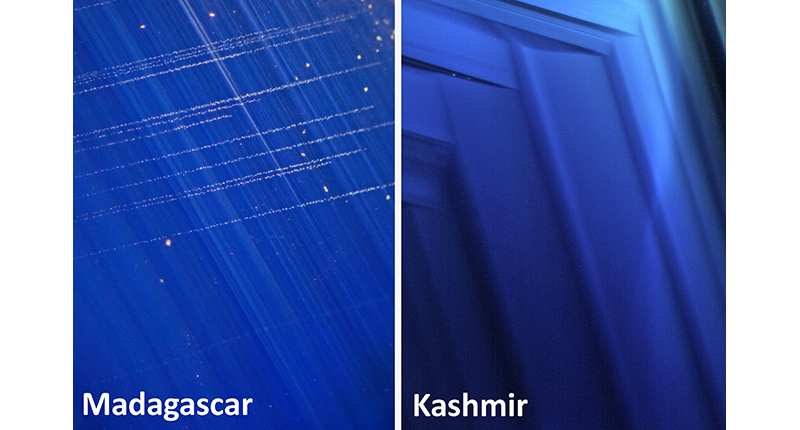
The lab said as soon as it started getting the Kashmir-like sapphires, it initiated research and established stringent criteria to identify the new material and distinguish it from Kashmir sapphires when characteristic features permit.
The work is based on the lab’s decades of experience with origin determination, top-of-the-line analytical information and an extensive collection that is constantly upgraded with gemstones from new deposits.
And while the sapphires coming from Madagascar do have a “Kashmir-like” visual appearance--with a subtle and fine “milkiness” that results in a velvety blue color typical of those that come from Kashmir--there also are a number of telling factors that distinguish goods from the two sources, including differences in clarity, growth zones, color zones and variation in the zircon crystals that appear inside.
(For a more detailed explanation about the differences between the sources, see the lab’s full trade alert.)
Krzemnicki said the trade should be careful when offered Kashmir sapphires, especially in large carat sizes, as this is “highly prized material.”
“We (had submitted to us), during one week of the Basel show, an outstanding
SSEF maintains that the new source in Madagascar has great potential and will be asset to the gem trade, as long as the true origin is correctly disclosed.
The Latest

Jesse Cole, founder of Fans First Entertainment, shared the “five Es” of building a fan base during his AGS Conclave keynote.

The Royal Oak Perpetual Calendar "John Mayer" was celebrated at a star-studded party in LA last week.

With Ho Brothers, you can unlock your brand's true potential and offer customers the personalized jewelry experiences they desire.
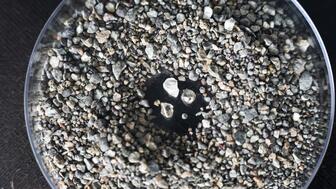
The announcement came as the company reported a 23 percent drop in production in Q1.


The three-time Pro Bowler continues to partner with the retailer, donating to a Detroit nonprofit and giving watches to fans.

A double-digit drop in the number of in-store crimes was offset by a jump in off-premises attacks, JSA’s 2023 crime report shows.

For over 30 years, JA has advocated for the industry, fought against harmful legislation and backed measures that help jewelry businesses.
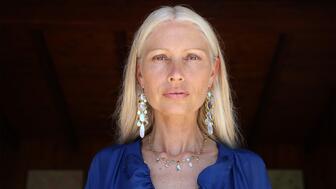
Inspired by the Roman goddess of love, the designer looked to the sea for her new collection.
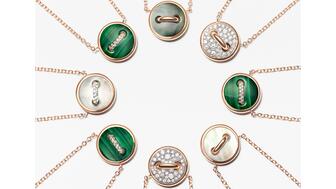
The luxury titan posted declining sales, weighed down by Gucci’s poor performance.

The selected nine organizations have outlined their plans for the funds.
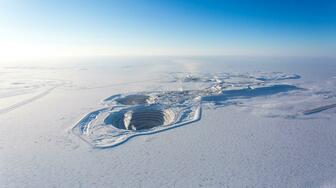
The mining company’s Diavik Diamond Mine lost four employees in a plane crash in January.
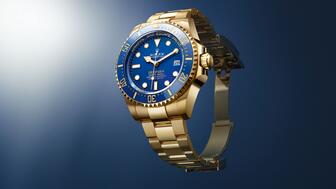
The crown introduced a dozen timepieces in Geneva, including a heavy metal version of its deep-sea divers’ watch.

Emmanuel Raheb recommends digging into demographic data, customizing your store’s communications, and retargeting ahead of May 12.

Located in the town of Queensbury, it features a dedicated bridal section and a Gabriel & Co. store-in-store.
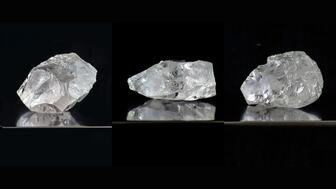
A 203-carat diamond from the alluvial mine in Angola achieved the highest price.

The “Rebel Heart” campaign embodies rebellion, romance, and sensuality, the brand said.

Editor-in-Chief Michelle Graff shares the standout moments from the education sessions she attended in Austin last week.

The overhaul includes a new logo and enhanced digital marketplace.

The money will go toward supporting ongoing research and aftercare programs for childhood cancer survivors.

A new addition to the “Heirloom” collection, this one-of-a-kind piece features 32 custom-cut gemstones.

Last month in Dallas, David Walton pushed another jeweler, David Ettinger, who later died.
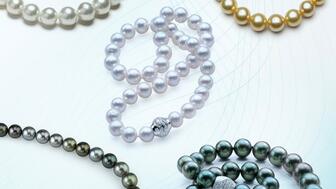
The move will allow the manufacturing company to offer a more “diverse and comprehensive” range of products.
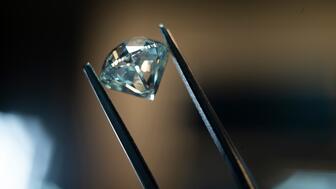
De Beers’ rough diamond sales were down 18 percent year-over-year in its latest round of sales.


Sponsored by the Las Vegas Antique Jewelry & Watch Show

The Patek Philippe expert will serve as personal curator for the brand-focused company.

The 553-square-foot shop is aboard the Carnival Jubilee cruise ship.





























